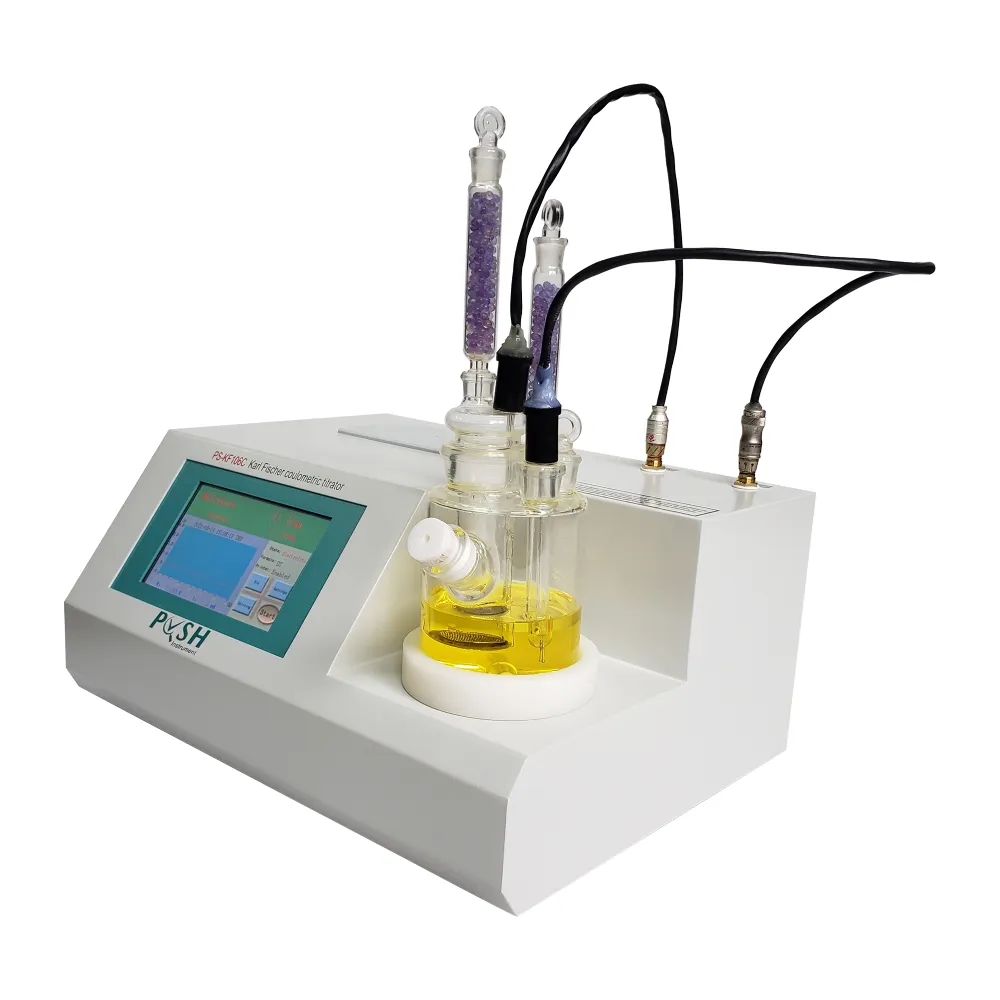 English
English



-
 Afrikaans
Afrikaans -
 Albanian
Albanian -
 Amharic
Amharic -
 Arabic
Arabic -
 Armenian
Armenian -
 Azerbaijani
Azerbaijani -
 Basque
Basque -
 Belarusian
Belarusian -
 Bengali
Bengali -
 Bosnian
Bosnian -
 Bulgarian
Bulgarian -
 Catalan
Catalan -
 Cebuano
Cebuano -
 China
China -
 China (Taiwan)
China (Taiwan) -
 Corsican
Corsican -
 Croatian
Croatian -
 Czech
Czech -
 Danish
Danish -
 Dutch
Dutch -
 English
English -
 Esperanto
Esperanto -
 Estonian
Estonian -
 Finnish
Finnish -
 French
French -
 Frisian
Frisian -
 Galician
Galician -
 Georgian
Georgian -
 German
German -
 Greek
Greek -
 Gujarati
Gujarati -
 Haitian Creole
Haitian Creole -
 hausa
hausa -
 hawaiian
hawaiian -
 Hebrew
Hebrew -
 Hindi
Hindi -
 Miao
Miao -
 Hungarian
Hungarian -
 Icelandic
Icelandic -
 igbo
igbo -
 Indonesian
Indonesian -
 irish
irish -
 Italian
Italian -
 Japanese
Japanese -
 Javanese
Javanese -
 Kannada
Kannada -
 kazakh
kazakh -
 Khmer
Khmer -
 Rwandese
Rwandese -
 Korean
Korean -
 Kurdish
Kurdish -
 Kyrgyz
Kyrgyz -
 Lao
Lao -
 Latin
Latin -
 Latvian
Latvian -
 Lithuanian
Lithuanian -
 Luxembourgish
Luxembourgish -
 Macedonian
Macedonian -
 Malgashi
Malgashi -
 Malay
Malay -
 Malayalam
Malayalam -
 Maltese
Maltese -
 Maori
Maori -
 Marathi
Marathi -
 Mongolian
Mongolian -
 Myanmar
Myanmar -
 Nepali
Nepali -
 Norwegian
Norwegian -
 Norwegian
Norwegian -
 Occitan
Occitan -
 Pashto
Pashto -
 Persian
Persian -
 Polish
Polish -
 Portuguese
Portuguese -
 Punjabi
Punjabi -
 Romanian
Romanian -
 Russian
Russian -
 Samoan
Samoan -
 Scottish Gaelic
Scottish Gaelic -
 Serbian
Serbian -
 Sesotho
Sesotho -
 Shona
Shona -
 Sindhi
Sindhi -
 Sinhala
Sinhala -
 Slovak
Slovak -
 Slovenian
Slovenian -
 Somali
Somali -
 Spanish
Spanish -
 Sundanese
Sundanese -
 Swahili
Swahili -
 Swedish
Swedish -
 Tagalog
Tagalog -
 Tajik
Tajik -
 Tamil
Tamil -
 Tatar
Tatar -
 Telugu
Telugu -
 Thai
Thai -
 Turkish
Turkish -
 Turkmen
Turkmen -
 Ukrainian
Ukrainian -
 Urdu
Urdu -
 Uighur
Uighur -
 Uzbek
Uzbek -
 Vietnamese
Vietnamese -
 Welsh
Welsh -
 Bantu
Bantu -
 Yiddish
Yiddish -
 Yoruba
Yoruba -
 Zulu
Zulu
Determining Flash Point Using ASTM D93 Standard Method for Liquid Fuels
Understanding Flash Point Insights from ASTM D93 Standards
In the realm of petroleum and chemical industries, the determination of flash point is a critical aspect of safety and product handling. The flash point refers to the lowest temperature at which vapor from a combustible liquid can ignite in the presence of an ignition source. It serves as a vital indicator of the flammability hazards associated with various substances, making it an essential parameter for regulatory compliance, safety protocols, and quality control. One of the industry standards established for measuring flash point is ASTM D93, developed by ASTM International, which outlines specific methodologies for determining the flash point of various products.
The ASTM D93 Test Method
ASTM D93 is the standard test method for the determination of flash point by the Pensky-Martens Closed Cup Tester. This test method is particularly favored for its ability to provide reliable and reproducible results that reflect the flash point of a liquid under controlled conditions. The apparatus used in this method consists of a closed cup container, a heat source, and a device to introduce an ignition source.
During the testing procedure, the sample liquid is heated gradually within a closed cup environment. At regular intervals, an ignition source is introduced, usually in the form of a spark or flame. The temperature at which the vapor ignites is recorded as the flash point. This closed cup method minimizes the influence of ambient air and provides a more accurate reflection of the real-world conditions under which the liquid could pose a fire hazard.
Importance of Flash Point Testing
Knowing the flash point of a product is essential for multiple reasons. For manufacturers and handlers of flammable liquids, accurate flash point testing ensures compliance with safety regulations and standards set by governmental and industry organizations. For instance, transportation of chemicals requires adherence to regulations, such as those from the Department of Transportation (DOT), which dictate the classification of materials based on their flash points.
flash point astm d93

In addition, identifying flash points helps industries to establish proper storage, handling, and transportation practices. Materials with low flash points require more stringent safety measures compared to those with higher flash points. Thus, knowing the flash point facilitates effective risk management strategies, reducing the likelihood of fire hazards in workplaces and transportation environments.
Application in Various Industries
The implications of ASTM D93 are far-reaching, impacting a wide array of sectors. In the oil and gas industry, for example, accurate flash point measurements are crucial for refining operations and the production of fuel products. A low flash point often dictates the need for additional safety measures during storage and transportation, affecting operational costs and logistics.
In the chemical manufacturing industry, flash point testing aids in the formulation of products, enabling manufacturers to create safer mixtures and adhere to compliance standards. Furthermore, in the automotive sector, understanding the flash point of fuels is essential for ensuring engine performance, safety, and environmental compliance.
Conclusion
In conclusion, the flash point is a pivotal property that informs safety protocols, regulatory compliance, and operational efficiency in various industries. The ASTM D93 method provides a standardized approach to accurately determine flash points, helping businesses make informed decisions regarding the handling and storage of combustible liquids. As industries continue to prioritize safety, adherence to established testing standards such as ASTM D93 will remain integral to managing flammable substances effectively. Understanding and applying these principles not only safeguards employees and the environment but also fortifies the overall integrity of industrial operations.
-
Testing Equipment Industry Sees Major Advancements in 2025: Smart & Precision Technologies Lead the WayNewsJun.06,2025
-
Applications of Direct Current Generators in Renewable Energy SystemsNewsJun.05,2025
-
Hipot Tester Calibration and Accuracy GuidelinesNewsJun.05,2025
-
Digital Circuit Breaker Analyzer Features and BenefitsNewsJun.05,2025
-
Benefits of Real-Time Power Quality Monitoring Devices for Industrial EfficiencyNewsJun.05,2025
-
Earth Fault Loop Testing in High-Rise Building Electrical SystemsNewsJun.05,2025



